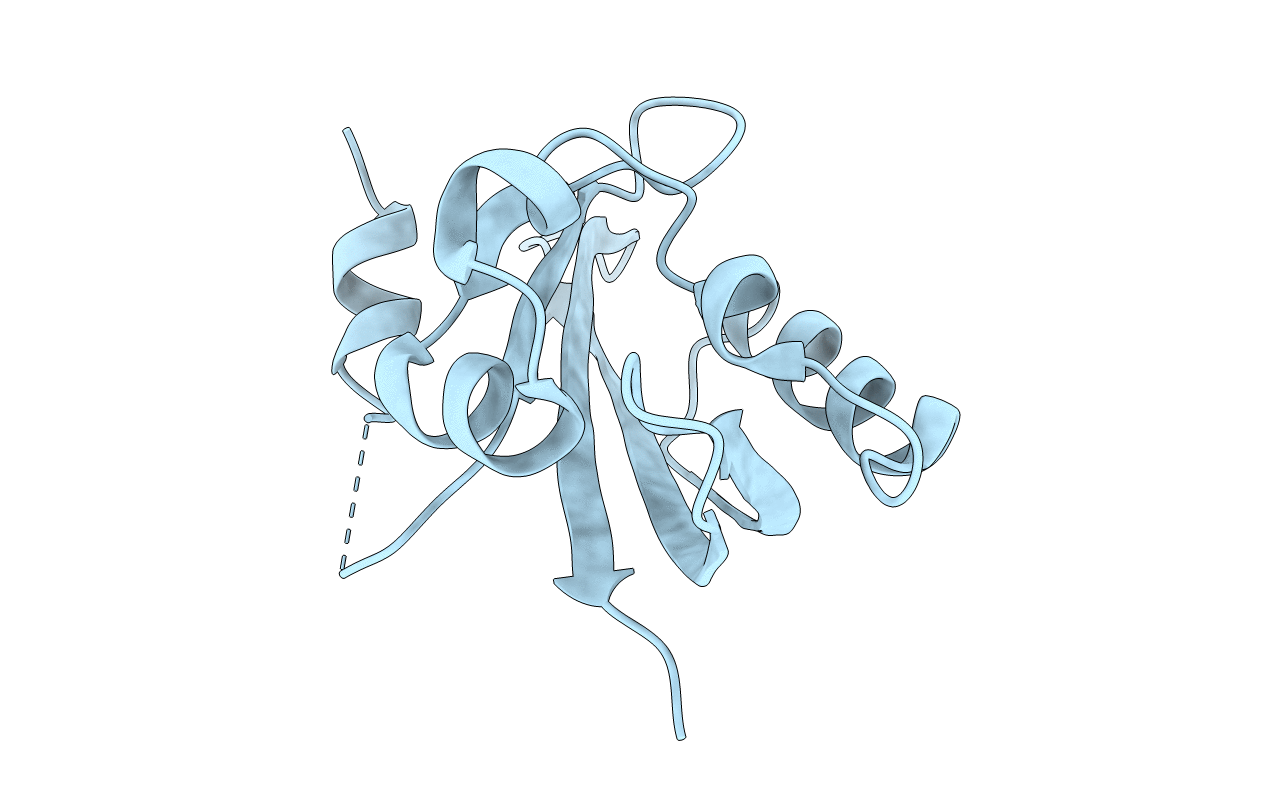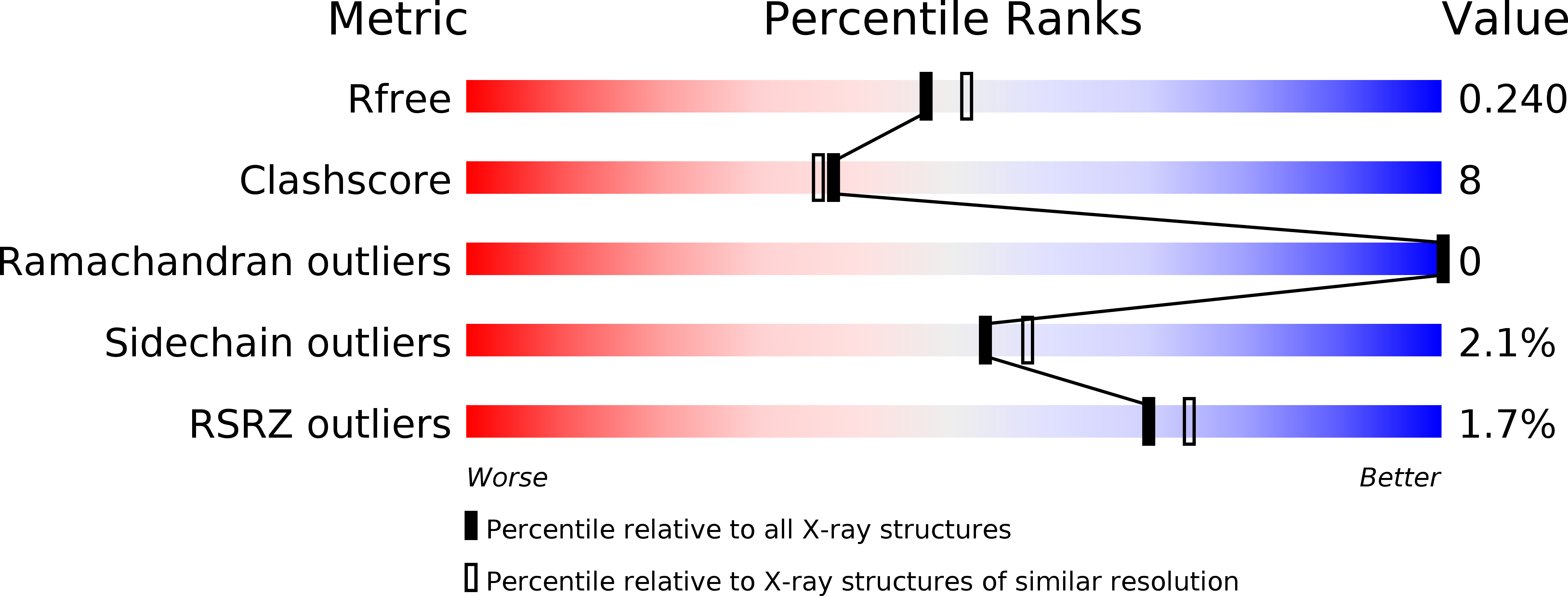
Deposition Date
2012-10-23
Release Date
2013-03-27
Last Version Date
2023-11-08
Entry Detail
PDB ID:
4HP9
Keywords:
Title:
Crystal structure of the N-terminal truncated PAS domain from the hERG potassium channel
Biological Source:
Source Organism:
Homo sapiens (Taxon ID: 9606)
Host Organism:
Method Details:
Experimental Method:
Resolution:
2.12 Å
R-Value Free:
0.23
R-Value Work:
0.19
R-Value Observed:
0.19
Space Group:
P 42 3 2


